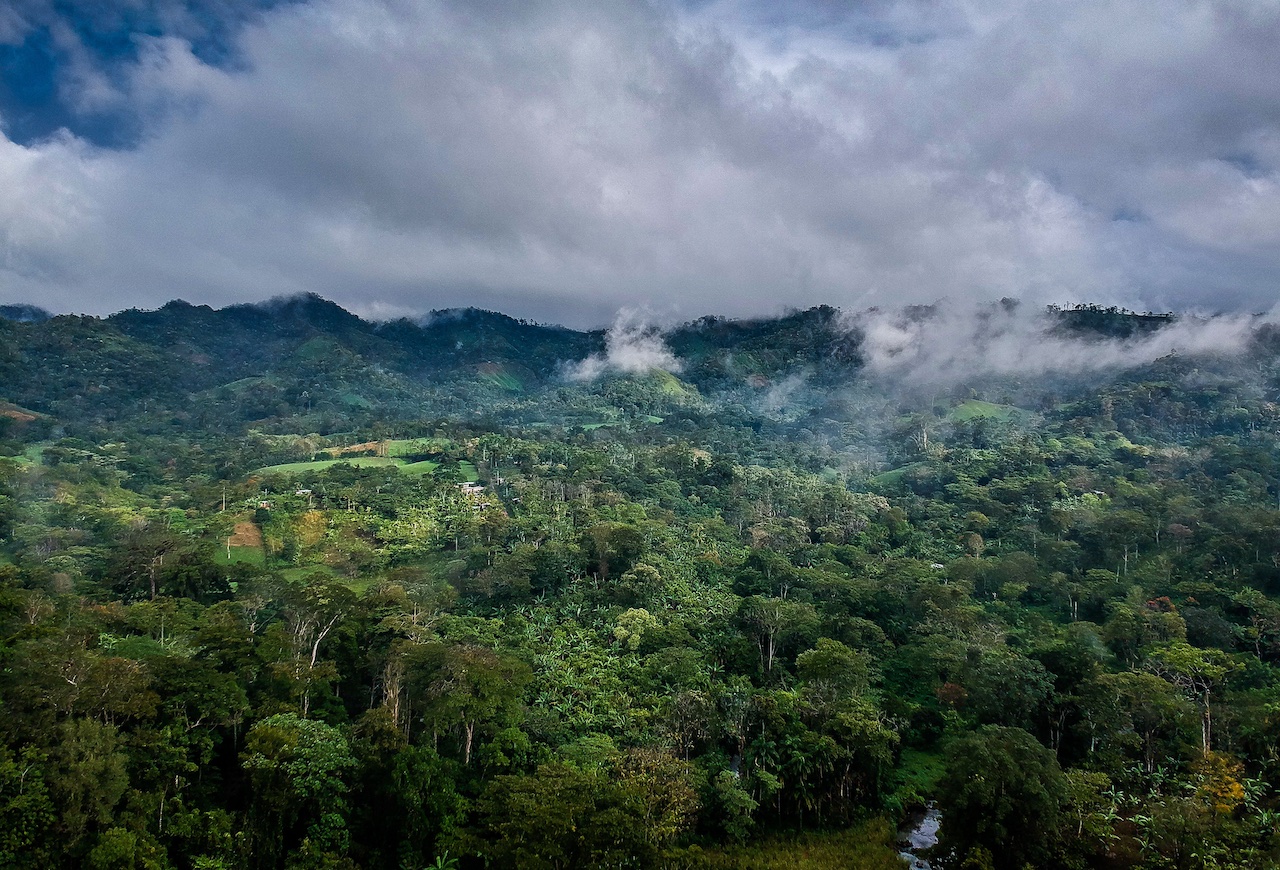A blended finance programme initiated by the UK government, with Dutch development bank FMO as a partner, aims to ramp up investment in the protection and preservation of tropical forests

In brief
- The Mobilising Finance for Forests programme was launched in 2021 with £150m from the UK government
- The blended finance programme aims to leverage up to €1bn of private sector investment into tropical forest and sustainable land use
- FMO has been chosen as delivery partner, with first investment already made and a second one in the pipeline
The Mobilising Finance for Forests (MFF) programme started in March 2021 with a £150m (€178m) commitment from the UK government. Structured as a fund of funds, it aims to leverage up to £850m (€1bn) of private sector investment into forests and sustainable land use projects in selected tropical forests in the Amazon Basin, Africa and Asia over five years.
Working with both direct and indirect investments, the programme aims to create value from standing forests and from business models that incorporate forest protection and restoration.
FMO, the Dutch entrepreneurial development bank, was chosen as the delivery partner. Over the last few years FMO has gained experience in delivering similar projects, having set up facilities and investment programmes with the European Commission and the Green Climate Fund.

MFF portfolio manager Floor van Oppen explains that, with one large investment already made and a second one in the pipeline, the programme is on schedule. “We think we can be most effective by supporting a limited amount of funds with sufficient resources on a long-term basis.” This means that MFF investments will be in just a handful of funds, each receiving some £30m, including FMO itself.
Much of the first year has been spent in making the programme operational, in close co-operation with the UK Department for Business, Energy and Industrial Strategy. Also, a consortium of three external organisations was formed to manage the Technical Assistance Facility which will reveive 5% of the MFF. The facility will provide technical assistance to investees and also reflect on lessons learned and draw conclusions on the most effective ways to get institutional investors involved in the programme.
First investments
A first investment of $33.25m was done in the &Green Fund, a debt fund established in 2017, with the Norwegian Government as anchor investor. &Green was set up to help those companies that cause the greatest deforestation to become more sustainable.
“In order to prove that financing inclusive, sustainable and deforestation-free commodity production can be commercially viable and replicable, &Green has to become a major player”, Van Oppen says. “It is essential that it has the capital to support the transition of companies working in sectors like palm oil, soy, livestock, rubber, and plantation forestry. Here, the MFF money can play an important role.”
A second MFF investment will most probably be realised before the end of this year in a fund managed by US-based BTG Pactual Timberland Investment Group (TIG). The fund invests in the whole value chain, land, trees and manufacture. TIG seeks to mobilise $1bn over five years and to deliver significant climate, environmental and social benefits from large scale forest protection, restoration, and commercial tree planting projects, alongside financial returns. Conservation International is involved as impact advisor for the fund’s investment activities.
The intended cooperation with MFF will be focused on Brazil and Colombia. For instance, in Brazil, the fund is working in a large and degraded former cattle grazing area. The aim is to buy the land, restore the former forest in roughly half of the area, and help build up a sustainable timber industry in the other half. Also, there are plans for the selling of carbon credits.
Van Oppen, who recently visited the project area, is enthusiastic. “I found it very inspiring to see how these different activities are in balance with each other, and to experience the beginning of the natural recovery of such a hugely degraded area.”
Although the contracts have not yet been signed yet, Van Oppen has no problem in naming the fund manager in advance. “That is intentional. We are to become the anchor investor. We hope our rapprochement will help the fund to attract additional money and to announce their first close soon. That’s the power of blended finance – because we are able to make substantial investments with our public money, taking a high risk profile, we can give the fund manager a lot of support.”
The role blended capital
She notes that there is a lot of interest in investing in forestry activities. For instance with the big oil companies. “They approach our customers with proposals for investments. Access to carbon credits is an important motivation in this.”
Also with financial institutions the focus on forests is growing, especially since the last climate conference (COP26) in Glasgow. But there is also still a lot of unfamiliarity about the role that blended capital can play in this.
“For us, that’s a top priority in the coming period”, Van Oppen says. “Helping institutional investors to better understand how blended finance can help them access investments in nature-based solutions.”
“A second priority is to promote more vertical cooperation in this area. Everyone now speaks their own language. Donors, NGOs and local organisations are mainly focused on achieving impact. Institutional investors primarily want to know what their risk return is. Multilateral financial institutions such as development banks are in between. You have to respect all those different positions, and then explore what is possible. That’s a great challenge for us.”





